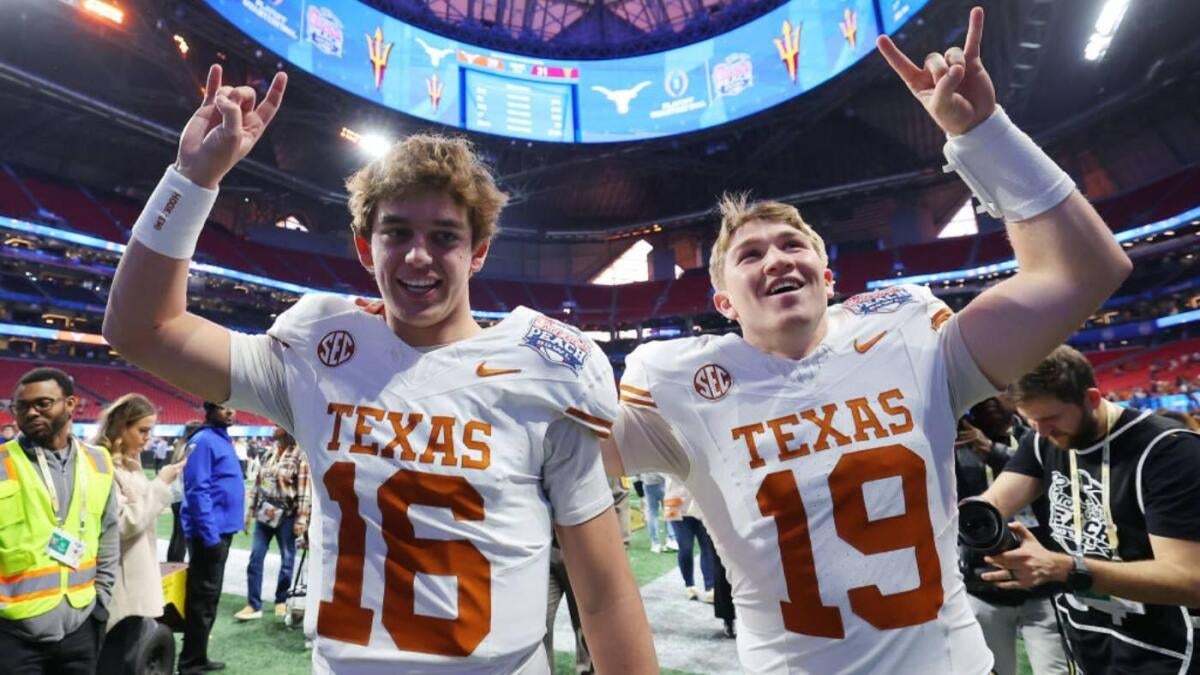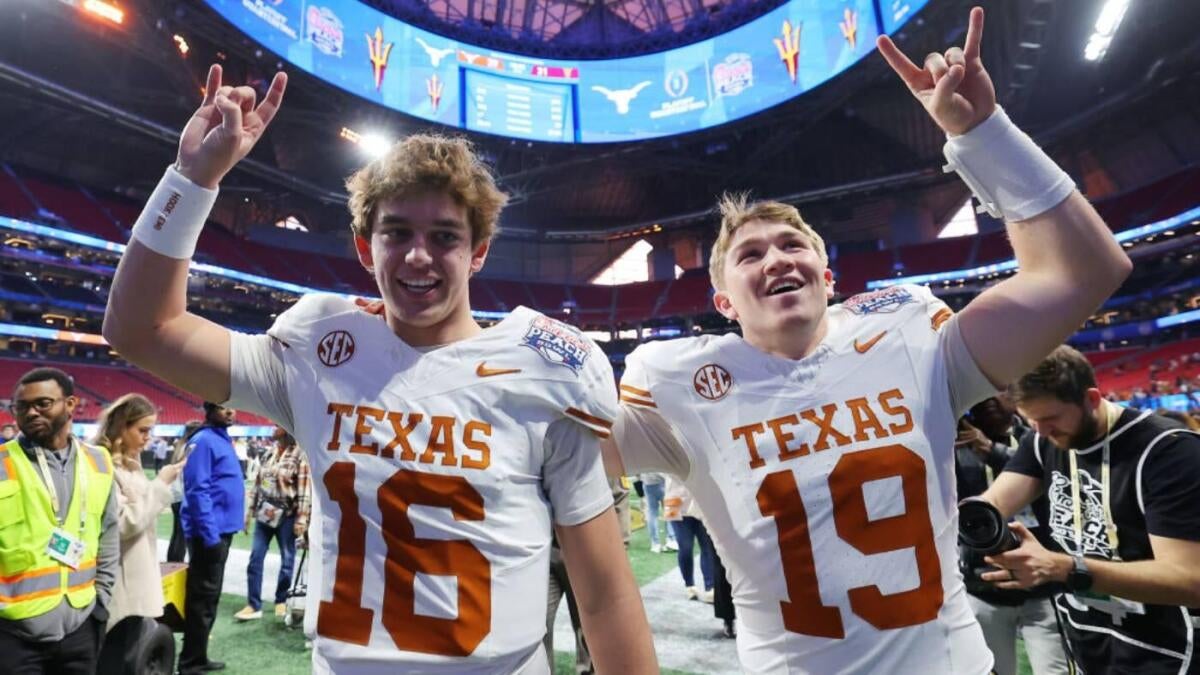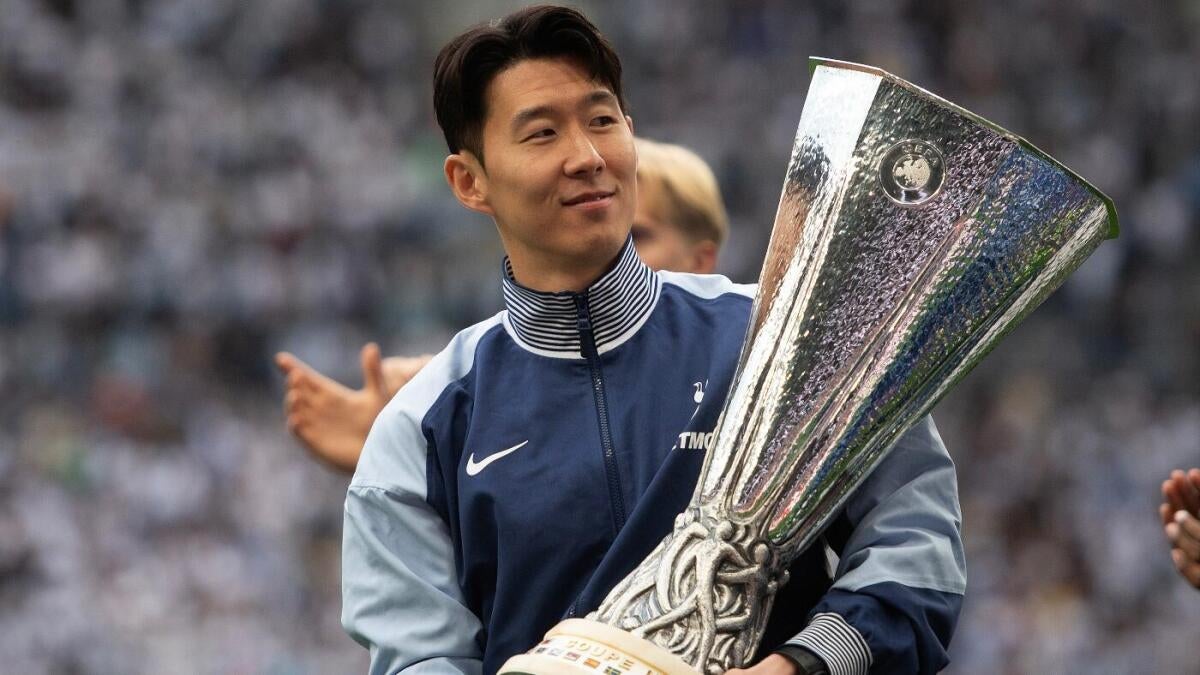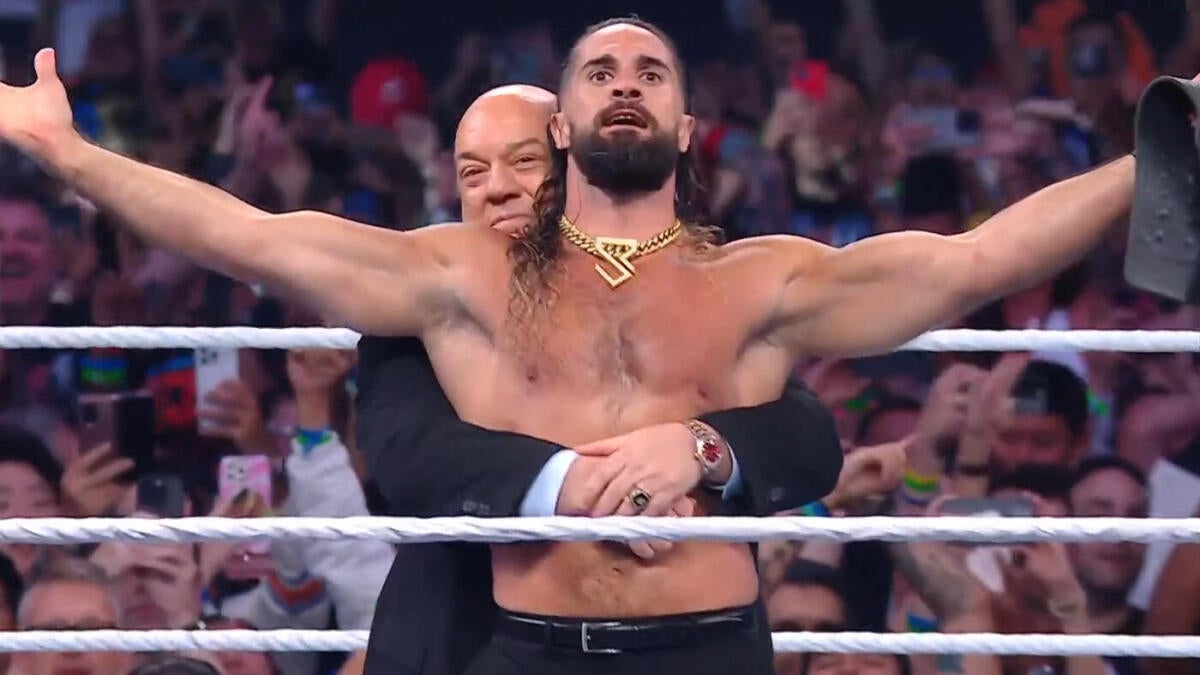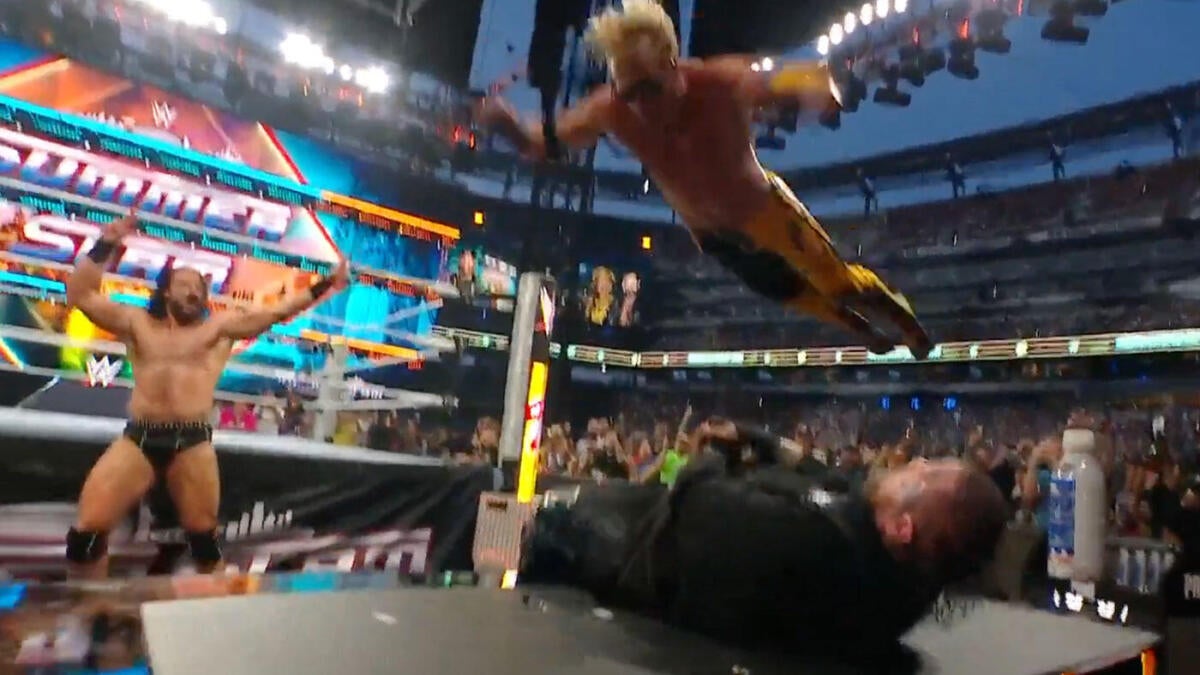The Quarterback Class of 2025: Arch Manning and DJ Lagway’s NIL Impact
The Evolution of College Football in the NIL Era
The introduction of Name, Image, and Likeness (NIL) deals has revolutionized college football, transforming it from a purely amateur sport into a platform where athletes can monetize their talents and fame. This shift has been particularly impactful for quarterbacks, who are often the face of their teams and the most marketable players on the field. In 2025, two quarterbacks stand out as exemplars of this new era: Arch Manning of the Texas Longhorns and DJ Lagway of the Florida Gators. Their stories illustrate both the opportunities and challenges presented by the NIL landscape.
Arch Manning: The Heir to a Football Dynasty
Arch Manning, nephew of NFL legends Peyton and Eli Manning, entered college football with an unprecedented level of hype. The expectations placed upon him were immense, given the legacy of his uncles and the high-profile program he joined at the University of Texas. Even before stepping onto the field as the Longhorns’ starting quarterback, Manning had already secured significant NIL deals, most notably with Panini trading cards. His initial earnings of $102,500 from this deal were donated to the Ronald McDonald House Charities in Austin, Texas, a move that highlighted his business savvy and commitment to philanthropy.
By 2025, Manning’s NIL valuation has reached an estimated $6.6 million, making him one of the highest-earning college football players. His endorsement portfolio includes high-profile partnerships with brands like Red Bull, demonstrating his marketability beyond traditional sports endorsements. These deals reflect his appeal as a lifestyle and energy brand ambassador, transcending the typical athlete endorsement model.
However, Manning’s success off the field comes with immense pressure on the field. As the starting quarterback for a program with national championship aspirations, his performance will be scrutinized relentlessly. Despite being ranked outside the top 10 returning quarterbacks by some analysts, the weight of the Manning name ensures that every game will be a referendum on his potential. Balancing the demands of endorsements with the need to focus on his game and lead the Longhorns to victory will be a critical challenge for Manning.
DJ Lagway: The Emerging Star
DJ Lagway’s rise in the NIL landscape has been nothing short of meteoric. After a promising freshman season in 2024, where he showcased his dual-threat abilities, Lagway’s NIL valuation has soared to an estimated $3.8 million. This places him among the top five highest-earning college football players, surpassing many seasoned veterans. His ability to connect with diverse audiences has made him a sought-after commodity in the NIL market.
Lagway’s NIL deals reflect his growing brand appeal, with partnerships ranging from local to national brands. Like Manning, he has embraced philanthropy, using his earnings to give back to his community. One SEC coach even believes that Lagway will compete with Arch Manning, highlighting the high expectations surrounding the young quarterback. Lagway’s combination of on-field talent and off-field charisma has positioned him as a rising star in the NIL era.
The Broader Impact of NIL
The NIL era has not only provided financial opportunities for college athletes but has also empowered them to become entrepreneurs and philanthropists. Manning’s donation to the Ronald McDonald House and Lagway’s community initiatives demonstrate a growing trend of athletes using their platforms to make a positive impact. However, the NIL landscape is not without its challenges. The influx of money into college athletics has raised concerns about potential inequities, compliance issues, and the impact on team dynamics. Navigating these complexities requires careful management and a commitment to ethical practices.
Performance vs. Payday: The Quarterback Conundrum
The success of Manning and Lagway raises a critical question: How does NIL impact on-field performance? While lucrative deals can provide financial security and peace of mind, they can also create distractions and pressure. Quarterbacks, in particular, face intense scrutiny, as their performance is directly linked to team success and, consequently, their marketability.
For Manning, the pressure to live up to the Manning legacy and justify his NIL valuation is immense. He must balance the demands of endorsements with the need to focus on his game and lead the Longhorns to victory. Similarly, Lagway must build on his promising freshman season and prove that his NIL success is a reflection of his talent and potential. The ability to manage these competing demands will be crucial for both quarterbacks. Those who can effectively integrate their NIL activities with their athletic pursuits will be best positioned for long-term success, both on and off the field.
The Future of NIL and College Athletics
The NIL era is still in its infancy, and its long-term impact on college athletics remains to be seen. However, one thing is clear: NIL has fundamentally changed the relationship between athletes, universities, and brands. As the landscape evolves, it is essential to prioritize education, compliance, and ethical conduct. Universities must provide athletes with the resources and support they need to navigate the complexities of NIL, while brands must ensure that their partnerships align with their values and comply with NCAA regulations.
The stories of Arch Manning and DJ Lagway offer a glimpse into the future of college athletics, where athletes are not only talented performers but also savvy businesspeople and community leaders. Their journeys highlight the transformative power of NIL and its potential to shape the future of college sports.
A Lasting Legacy
Arch Manning and DJ Lagway represent the new breed of college athletes who are empowered to capitalize on their name, image, and likeness. Their stories, though distinct, underscore the transformative power of NIL and its potential to redefine what it means to be a college superstar. As they continue to navigate the complexities of this evolving landscape, their actions will undoubtedly influence the next generation of athletes and shape the future of college sports. The NIL era has brought about a new era of opportunity and responsibility, and the quarterbacks of 2025 are at the forefront of this exciting transformation.







